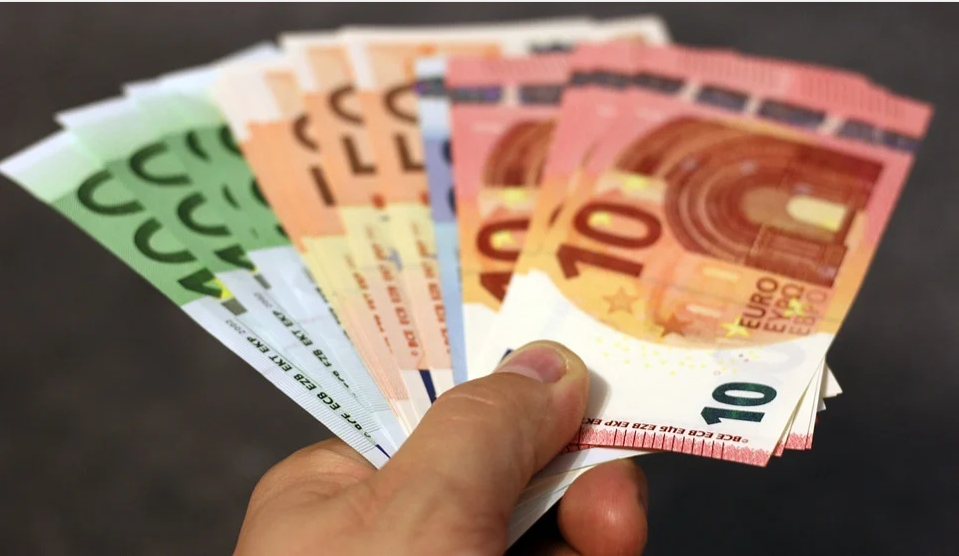European non-financial corporates have seized the opportunity of state-guaranteed loans to build up cash reserves, especially in France (EUR183.8bn), the UK (GBP157bn) and Italy (EUR84.5bn). Looking at subsidies and partial unemployment schemes as a share of the loss of NFC’s value added over Q1-Q3 2020, we find that companies in the Netherlands, Belgium and the UK benefited from the most direct liquidity state support in 2020, which helped protect their profitability at a time of crisis (see Figure 1). Direct state support has also been key to lower NFC cash losses and protect their net savings.
At the same time, NFC total deposits have increased across all European countries, with highest rises registered in France (+26% to EUR880.3bn), the UK (+26% to GBP757.4bn) and Italy (+27.5% to EUR391.6bn) - see Figure 2. However, comparing the increase in NFC deposits to the increase in NFC new bank loans, we find that the highest excess cash holdings in the UK (GBP117bn), Germany (EUR84bn) and France (EUR79bn) – see Figure 3. This means that in these countries, NFCs mainly used new loans to build up cash reserves. In countries where the difference between the increase in deposits and the increase in loans is negative (the Netherlands and to a lower extent Italy), companies used parts of their cash reserves in addition to the loans.
Figure 1 – State support to NFCs, direct liquidity vs guarantees
At the same time, NFC total deposits have increased across all European countries, with highest rises registered in France (+26% to EUR880.3bn), the UK (+26% to GBP757.4bn) and Italy (+27.5% to EUR391.6bn) - see Figure 2. However, comparing the increase in NFC deposits to the increase in NFC new bank loans, we find that the highest excess cash holdings in the UK (GBP117bn), Germany (EUR84bn) and France (EUR79bn) – see Figure 3. This means that in these countries, NFCs mainly used new loans to build up cash reserves. In countries where the difference between the increase in deposits and the increase in loans is negative (the Netherlands and to a lower extent Italy), companies used parts of their cash reserves in addition to the loans.
Figure 1 – State support to NFCs, direct liquidity vs guarantees










